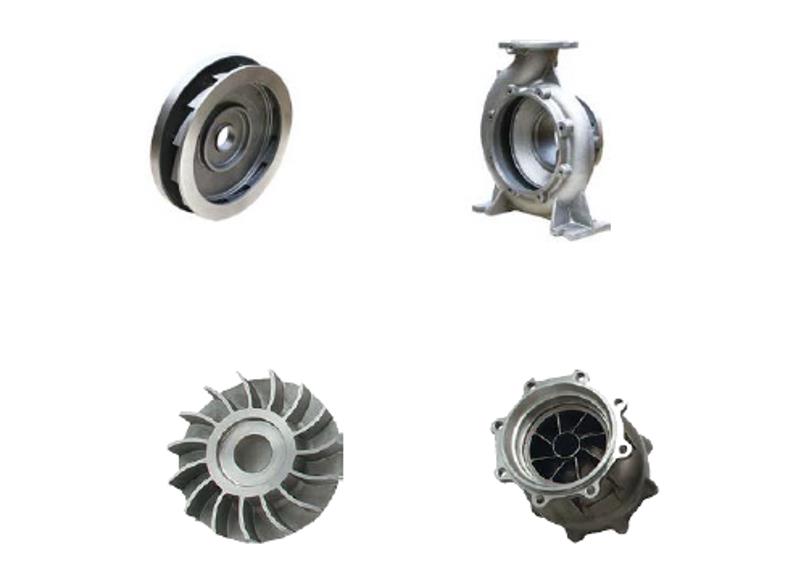

Inquiry

Project Review

Machining

Quality Control

Pass/Fail

Delivery
Valves are essential components of industrial pipeline systems and play a critical role in production processes.

I. Main Functions of Valves
Starting and Stopping the Flow of Media
Suitable valve types: Gate valves, butterfly valves, ball valves
Preventing Backflow of Media
Suitable valve type: Check valves
Regulating Pressure and Flow of Media
Suitable valve types: Globe valves, control valves
Separating, Mixing, or Distributing Media
Suitable valve types: Plug valves, gate valves, control valves
Preventing Pressure from Exceeding Design Limits to Ensure Safe Operation of Pipelines or Equipment
Suitable valve type: Safety valves
Valve selection should primarily consider trouble-free operation and economic efficiency.
II. Principles for Selecting Valves
Several key factors must be considered when selecting a valve. The following is a detailed discussion of these factors:
1. Nature of the Transported Fluid
Fluid Type: Whether the fluid is a liquid, gas, or steam directly affects valve selection. For example, globe valves may be more suitable for liquids, while ball valves are often used for gases.
Corrosiveness: Corrosive fluids require valves made from corrosion-resistant materials such as stainless steel or special alloys.
Viscosity: High-viscosity fluids may require larger diameter valves or specially designed valves to reduce clogging.
Particle Content: Fluids containing solid particles may need abrasion-resistant materials or special valve designs, such as pinch valves.
2. Valve Function
On/Off Control: For basic opening and closing, ball valves or gate valves are common choices.
Flow Regulation: Where precise control of flow rate is needed, globe valves or control valves are more appropriate.
Backflow Prevention: Check valves are used to stop fluid from flowing backward.
Flow Diversion or Combination: Three-way or multi-way valves are suitable for flow splitting or merging.
3. Valve Size
Pipe Size: The valve must match the pipe diameter to ensure smooth flow.
Flow Rate Requirements: The valve size should meet the system’s flow requirements—too large or too small can affect efficiency.
Installation Space: Space constraints may affect valve size selection.
4. Pressure Loss Across the Valve
Pressure Drop: Valves should minimize pressure drop to maintain system efficiency.
Flow Path Design: Full bore valves (like full bore ball valves) can reduce resistance losses.
Valve Type: Some valves (e.g., butterfly valves) have low resistance when open, making them suitable for low-pressure-drop applications.
5. Operating Temperature and Pressure
Temperature Range: Valve materials must withstand the fluid’s temperature. High or low temperature environments require heat- or cold-resistant materials.
Pressure Rating: Valves must withstand the system’s maximum working pressure. High-pressure systems require high-rated valves.
Combined Temperature and Pressure Effects: For high-temperature, high-pressure environments, special attention must be paid to material strength and sealing performance.
6. Valve Material
Corrosion Resistance: Select appropriate materials based on the fluid’s corrosiveness, such as stainless steel or Hastelloy.
Mechanical Strength: Valve material must have enough strength to endure working pressures.
Temperature Suitability: Material must be suitable for the operating temperature—heat-resistant materials for high temperatures, cold-resistant materials for low temperatures.
Cost Efficiency: Choose materials that balance performance and cost to achieve economic operation without compromising safety or function.
In summary, selecting the right valve for industrial applications involves careful consideration of the fluid properties, intended function, size, pressure and temperature requirements, and material compatibility. Thoughtful selection not only ensures safe and efficient operation but also contributes to cost savings and reliability in the long term.
About AJL Machining:
AJL Machining is a professional and industry-leading one-stop workshop for custom metal parts services. We have our own factory and a reliable network of partners that enable us to cater to your requirements ranging from prototypes to large-scale production. Our competitive edge is our ability to ensure that all of your parts are produced according to specifications, within budget, and delivered on time to meet your evolving demands. Presently, we serve over 80% of our business to multinational corporations in China, as well as overseas customers.
To learn more, please don't hesitate to contact us via email at sales@ajlmachining.com, or visit our website at www.ajlmachining.com

AJL Machining is a professional and industry-leading one-stop shop for custom metal parts services. We have our own factory and a reliable network of partners that enable us to cater to your requirements ranging from prototypes to large-scale production.
Add: No 58, Chenghu Road, Kunshan, Suzhou City, Jiangsu Province, China 215333
Email:sales@ajlmachining.com
Tel: +8613522650203